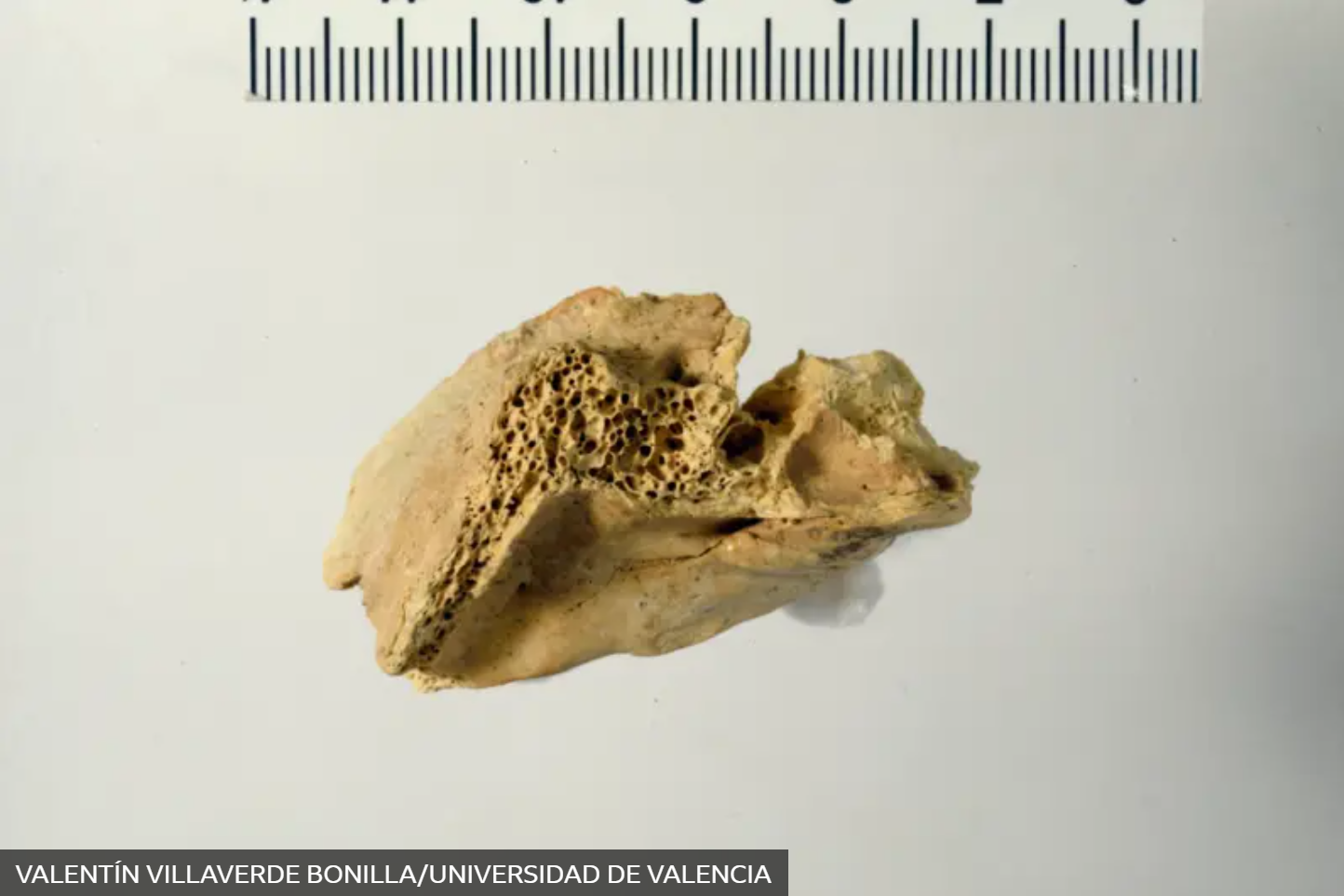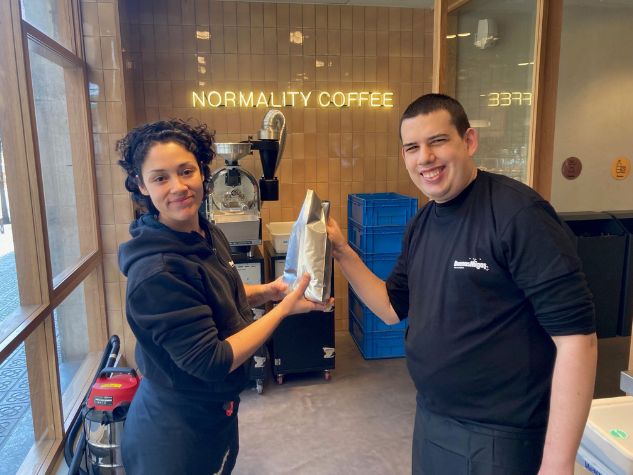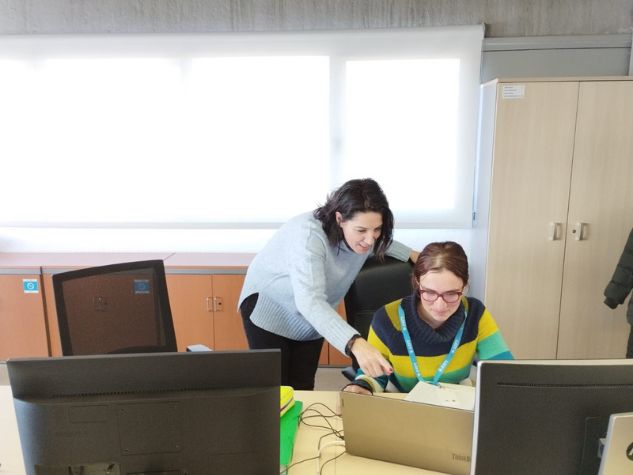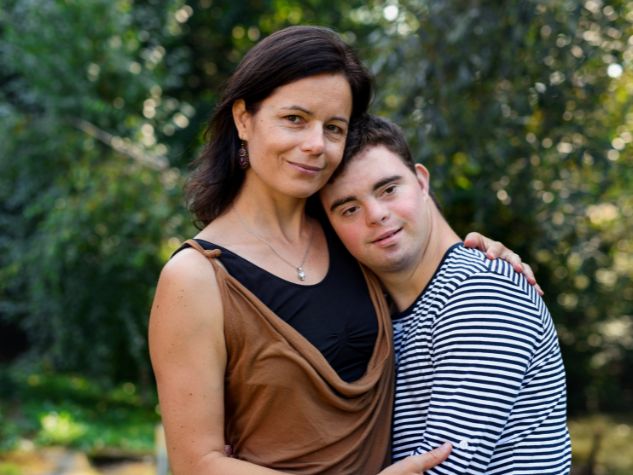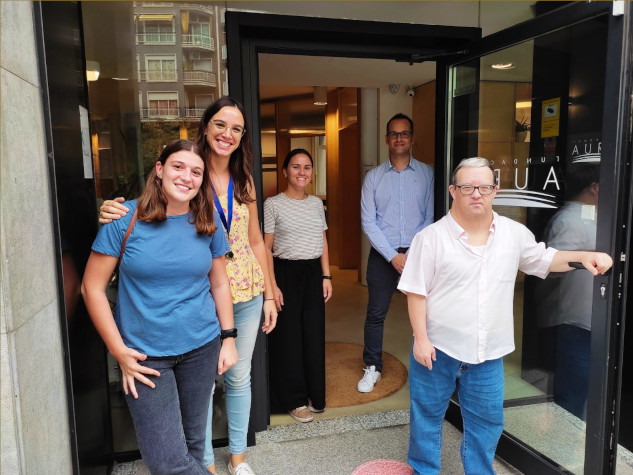Discovery of a Neanderthal Girl with Down Syndrome Reveals Prehistoric Altruism
In this research, using a small fossil from the inner ear region, a Neanderthal individual was studied and found to have many pathologies in the inner ear. This combination of pathologies is only found today in people with Down syndrome.
This finding is important because it indicates that Neanderthals cared for individuals with Down syndrome. With this fossil, it has been possible to determine the age at death of the individual, who was at least 6 years old. To survive 6 years, this individual needed help not only from their mother but probably from the entire group, especially because they had hearing problems, balance issues, vertigo, and possibly recurrent ear infections. All of this would have required much more care than any other child of the same age.
This individual has been named Tina, thanks to Valentín Villaverde, who is the director of the site in El Sidrón cave, Asturias, Spain. This fossil was discovered in 1994, but it is only recently that a detailed analysis has been carried out, allowing the identification of the pathologies and the conclusion that Tina likely had Down syndrome. Without the extra and proactive care from the mother, this child would not have survived. In chimpanzees, for example, newborns must cling to their mother’s fur to stay on her abdomen, and there has been a documented case of one that didn’t have the strength to do so. The mother had to carry it, which limited her own locomotion and ability to feed. This chimpanzee survived longer thanks to the cooperation of an older sister who took over some of the care. When the older sister stopped helping, the mother could no longer manage, and the infant eventually died. This demonstrates the need for extra care from both the mother and the group.
This discovery brings visibility to the Down syndrome community, showing that they were already present in human evolution. We all have a reference and can see ourselves in history. Additionally, it raises an important question in evolutionary biology: since when and how did this very human behavior of caring for vulnerable individuals emerge? This behavior also occurs among animals, but usually between those who can return the favor. Darwin called this the “spirit of sympathy.”
In humans, altruism goes beyond this, and people take care of others they do not know. Discovering a case like Tina’s, of altruism, is very significant because they had to help Tina and her mother a lot. This discovery is important not only because it involves another species, although a sister species, the Neanderthals, but also because it shows care and support within the group.
There are records of individuals of our species, Homo sapiens, from the Neolithic period with Down syndrome. These individuals are more modern, and all of them are children who did not survive more than 16 months. This fossil is much older, belongs to another species, the Neanderthals, and shows that this individual survived up to 6 years, which is a remarkable finding.
